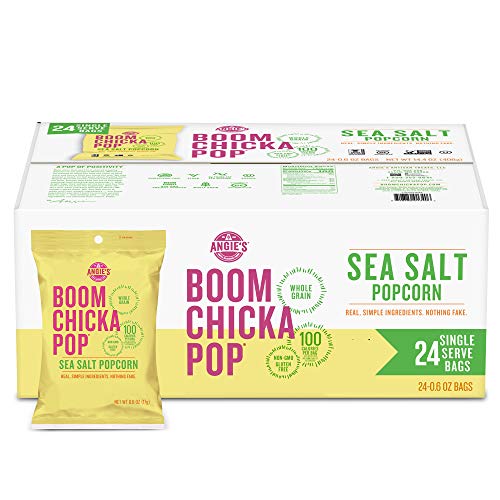Harnessing the Power of Intuitive Eating for Acid Reflux Management
Intuitive Eating, as described in Part 1 of this series, is a way of approaching food and eating that’s all about listening to your body and its natural cues while finding a healthy and balanced relationship with food based on your unique needs and preferences. Intuitive Eating can be very helpful for individuals living with gastrointestinal conditions, such as acid reflux and GERD, because it allows them to fully immerse themselves in becoming more aware of their hunger and fullness cues, which can aid in symptom management, as well as make more mindful and personal food decisions.
The next part of this series continues to provide examples for applying the Intuitive Eating Principles (6-10) to your reflux management toolkit:
6. Feel Your Fullness- A common acid reflux trigger is being overly full. The Intuitive Eating Principle of “Feel Your Fullness” can be used to prevent this from happening. Connecting with the physical body throughout a meal allows you to notice the subtle levels of fullness. For example, imagine your plate is divided into four sections. Take a quick pause after finishing each section to see if you have any feelings of fullness. These feelings can range from loss of interest in the food, feelings of hunger dissipating, noticing slight bloating/pants beginning to feel tight, all the way to Thanksgiving stuffed. Once you have learned what the different fullness levels feel like, you are more likely to know where to stop to avoid acid reflux.
Many people are aware of fullness but struggle to stop because they worry they won’t get the food again or will be unable to eat later if hunger returns. For this principle to work, you must allow yourself access to all foods when your body wants them so that you have the confidence to stop before becoming uncomfortable.
7. Cope with Your Feelings with Kindness- We eat for many reasons: hunger, celebration, sadness, community, etc., which is okay. However, it is important that eating is not your only tool for celebrating and coping with emotions. After a hard day, reaching for the candy jar is easy, and one piece may elevate your mood briefly. However, after the initial high, your problem will still be there, and overeating may worsen the situation by triggering reflux. The principle “Cope with Your Feelings with Kindness” encourages you to build a toolbox for dealing with emotions, connect with a therapist, build a community you can talk to and share highs and lows, and find activities that soothe you, such as a warm bath or a mug of tea under your favorite blanket.
I encourage clients to assemble a self-soothing basket. You can use any container and fill it with things that offer comfort or reprieve– for example, a magazine you rarely have time to read, a scented candle, a coloring book or crossword, a journal, a face mask, a foot mask, etc. If you are tempted to overeat due to emotions, pull out your basket and see what works!
8. Respect Your Body- For most, this is a lifetime journey. Depending on when and where you grew up, you were probably inundated with subliminal messages that Western beauty = equals wealth, health, and respect and that other bodies should be ashamed or try to change. Releasing these social constructs and reframing to accept that bodies come in all shapes and sizes, none better than the other, is a first step to body respect.
The International Organization for Migration beautifully describes what it means to treat someone with respect. I suggest taking their bullets on treating others with respect and journaling about how to apply them to yourself. For example, show regard for their YOUR abilities and worth, value YOUR feelings and views, even if others disagree, and write about why your body is valuable regardless of shape, color, or size. Remember, it is hard to take care of something you don’t respect–this also applies to your body.
9. Movement– Feel the Difference- How often have you resolved to “get into shape”? Maybe it was CrossFit, hot yoga, training for a marathon, or something else that promised the ideal physique, but did it stick? Exercise has many wonderful benefits, but to make it a sustainable part of your life, it must be something you like, and your body feels good doing it. For example, some exercises can trigger acid reflux, so try lots of different types of movement at different times of the day to see what feels best for your body.
10. Honor your health–gentle nutrition- Imagine a pendulum swinging from side to side. This is often how people’s relationship with food looks extremely focussed on health, then a holiday comes and is extremely focussed on pleasure. Honoring your health with gentle nutrition falls somewhere in the middle- there is no perfect diet; food should be pleasurable and fuel the life you want to live. Listen to your body to decide what foods in what amounts work for you. Remember to stay flexible, as our bodies are constantly changing.
If you want to become an intuitive eater but need more help, consider seeking a trained professional to help you on your journey.
- Tribole, E., & Resch, E. (2019, December 19). 10 principles of intuitive eating. Intuitive Eating. http://www.intuitiveeating.org/10-principles-of-intuitive-eating/
- The Psychology of Respect - International Organization for Migration. (n.d.). https://www.iom.int/sites/g/files/tmzbdl486/files/staff-welfare/the_psychology_of_respect.pdf





















Comments
Join The Conversation...